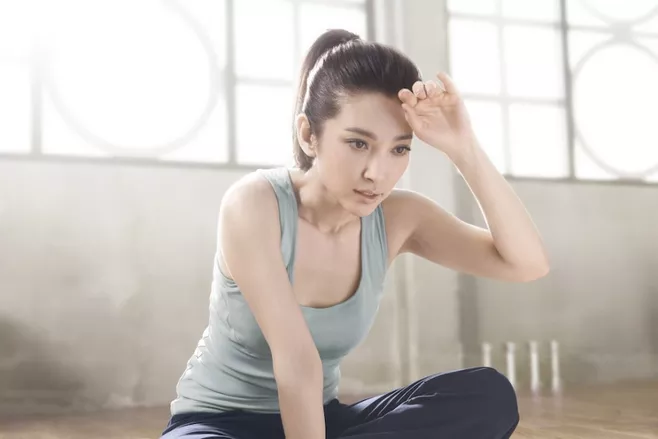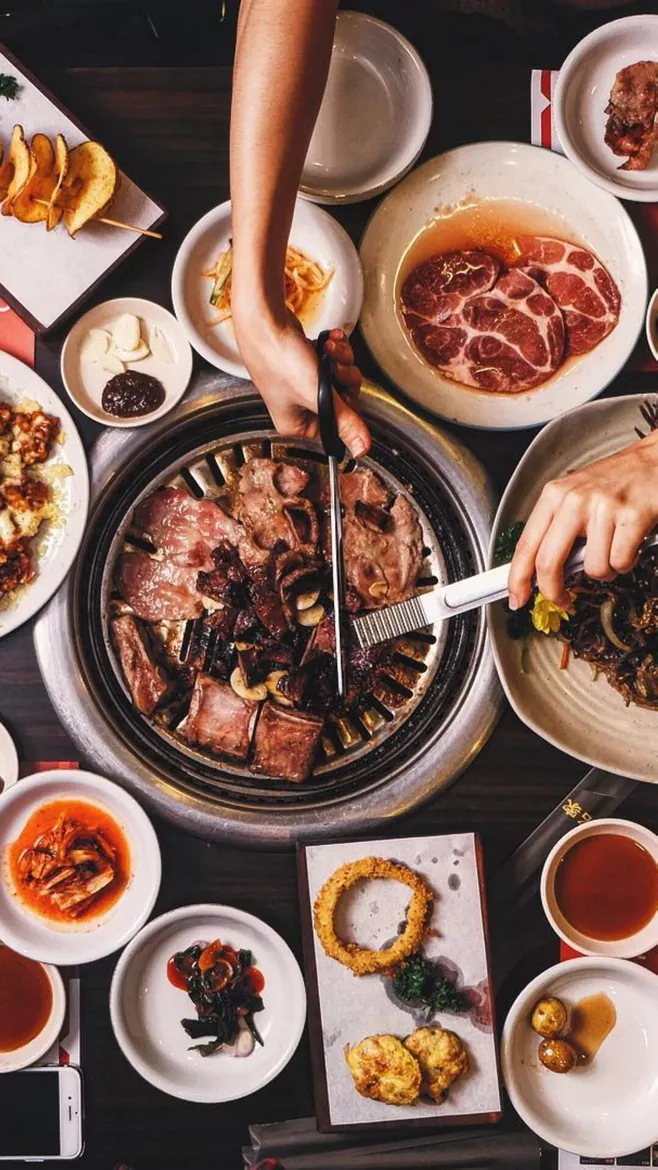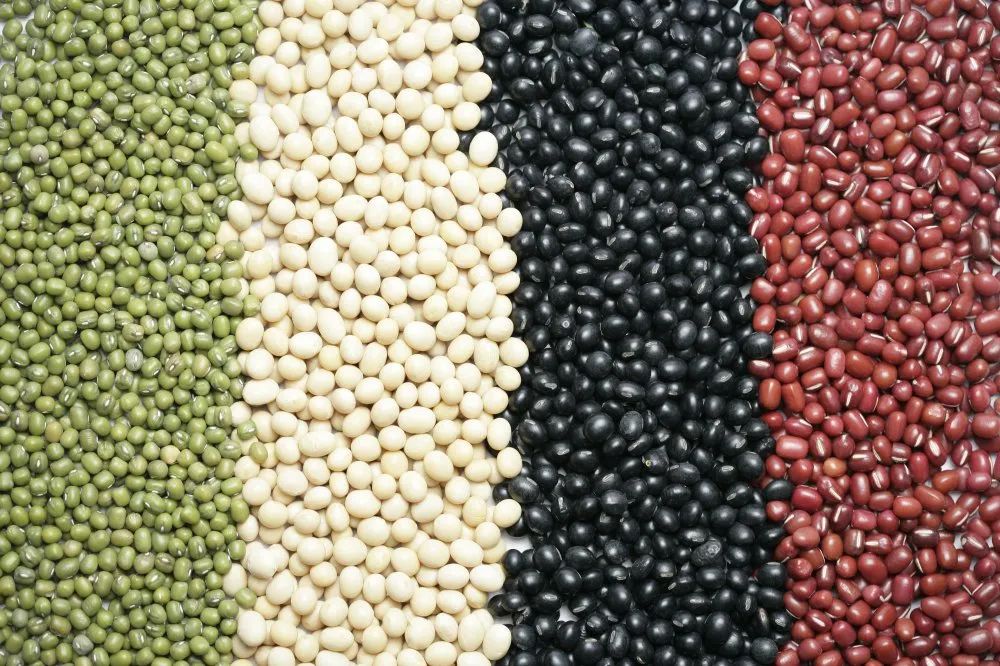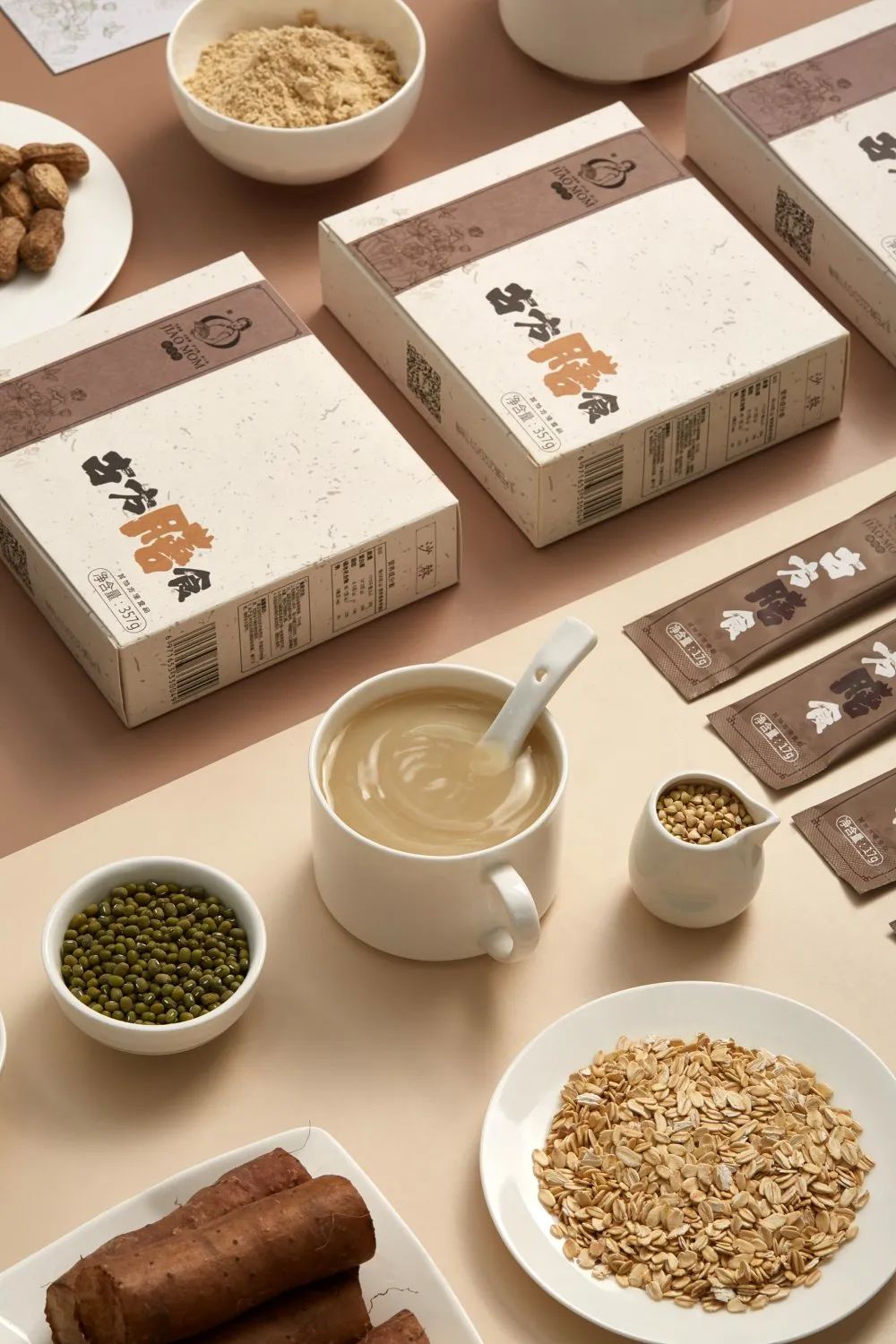The Huangdi Neijing states: “Grains nourish, fruits assist, and livestock benefit,” emphasizing that for good health, one must consume grains, which are the seeds of life!
1
The Relationship of Ancient Dietary Principles to Modern Lifestyles


Our stomach is like a pot; how do we digest food? It relies on fire to gradually digest what is in the spleen and stomach. So what is the spleen? The right side of the spleen is a humble servant, akin to an ancient maid who adds firewood and fans the flames.
Among the five organs and six bowels, the spleen is like a busy little maid. However, if she is unwell, all the organs and bowels in this grand mansion will feel discomfort, leading to so-called wealth-related diseases, such as diabetes.
In old age, many people experience “muscle weakness.” Some who had prominent triangular eyes in youth may have small triangular eyes in old age, indicating spleen deficiency. If the lips are moist and plump, the spleen’s transformation function is good. A well-functioning spleen leads to well-developed muscles.
If the body shows signs of emaciation, drooling, or edema, these are symptoms of spleen disease. This period is when the spleen meridian is active, making it the best time to protect the spleen.
Ancient dietary principles are likely familiar to everyone, emphasizing grains as a crucial component, complemented by nuts, fungi, seeds, and flowers—natural ingredients that form a unique nutritional meal replacement powder. The richness of this nutrition is something those who have experienced it can attest to. Today, we will discuss the relationship between this ancient dietary approach and modern lifestyles.


The various finely processed foods we consume daily have had their most nutritious parts removed to maintain good taste, while various chemical additives have been added for flavor. Long-term consumption of such foods has led to imbalanced nutrition, obesity, and sleep disorders among many people.
Therefore, if we can scientifically and reasonably combine our diet to comprehensively and adequately supplement the nutrients required by the body, it will help improve many issues caused by diet. However, how to eat healthily and in accordance with the habits of the Chinese people has become a major concern for the public today.
Traditional Chinese Medicine (TCM) believes that “the stomach qi is the foundation of all seasons; where there is stomach qi, there is life; without stomach qi, there is death,” and grains are the primary source of stomach qi.


In the Chinese Residents Balanced Diet Pyramid, grains are at the base, forming the foundation of the entire dietary structure. They provide the energy required by the body and more than half of the protein. Compared to refined grains like rice and white flour, coarse grains not only contain essential amino acids and high-quality proteins but also minerals like calcium and phosphorus, as well as vitamins. Although coarse grains may not be as tasty as refined foods, they have lower carbohydrate content and higher dietary fiber, leading to a greater feeling of fullness and reduced calorie intake, aiding in weight loss.
Ancient dietary principles are based on the health theories found in the Huangdi Neijing and are tailored to the dietary structure of the Chinese people, selecting special formulas primarily based on grains. Different ingredients are carefully chosen and scientifically proportioned, using modern production techniques to create a nutritious meal replacement powder from natural, eco-friendly ingredients!
2
Product Characteristics of Ancient Dietary Principles


(1) Diversity of Ingredients
As its name suggests, ancient dietary principles are rich in83 types of ingredients, including grains, edamame, black beans, various nuts, seeds, fungi, and flowers, perfectly embodying the concept of “diversity of ingredients.”
(2) Nutritional Balance
According to tests conducted by the internationally recognized PONY professional institution, ancient dietary principles are rich in 16 types of amino acids, 10 types of vitamins, 10 types of minerals, and four major nutrients, including protein, fat, carbohydrates, and dietary fiber.
(3) Human Absorption
Ancient dietary principles utilize low-temperature roasting and other techniques to grind83 types of ingredients into powder and fine particles, ensuring nutrient release while maintaining dietary fiber content, significantly enhancing the body’s ability to absorb energy.
To cultivate good meal replacement habits, one must start from the minutiae of diet. In fact, ancient dietary principles aim to provide us with a dietary choice that allows us to eat less, eat comprehensively, and eat balanced and nutritious meals!
# Report number: BNAOLYGL91764901, tested by PONY Testing Group Shanghai Co., Ltd. on June 25, 2019, for the nutritional components of ancient dietary principles.
end

